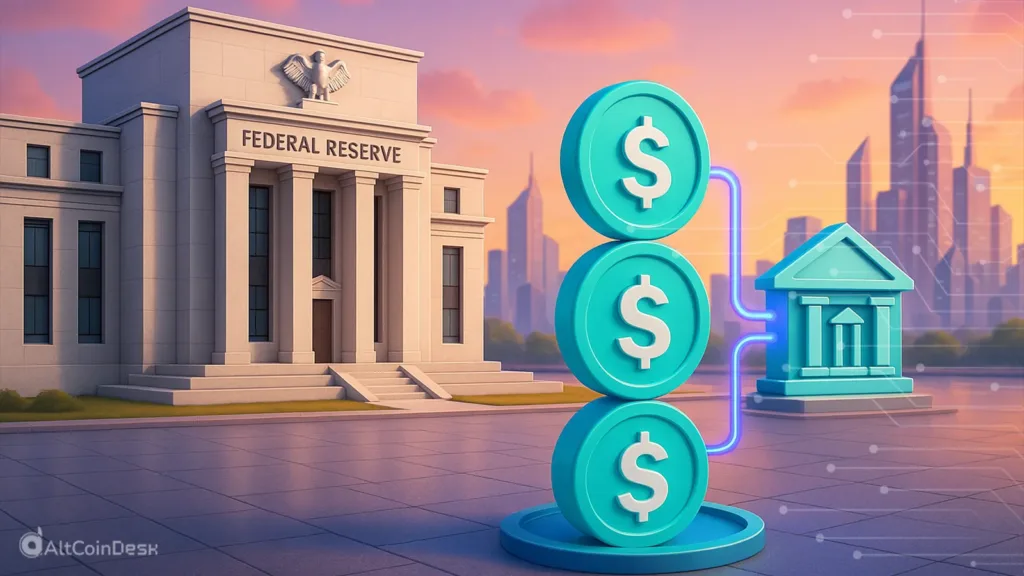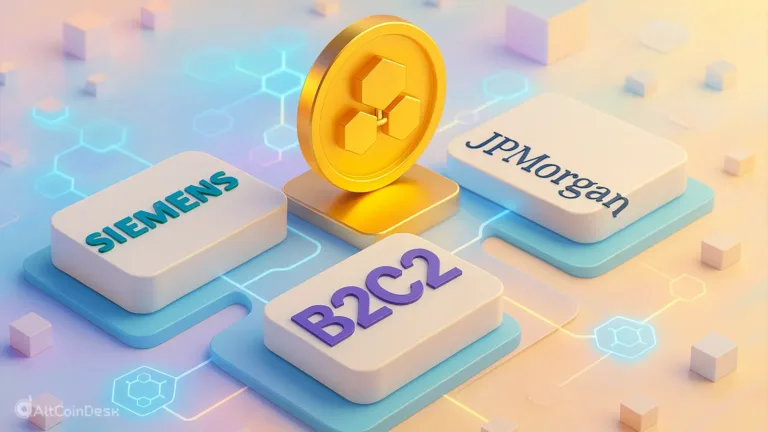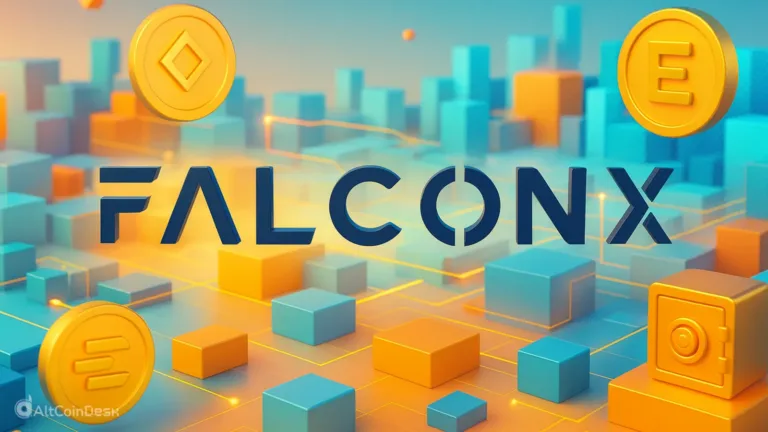In a landmark shift for fintech, the Federal Reserve has unveiled a major proposal aimed at giving stablecoin issuers direct connectivity to its payment system. The new framework, introduced by Governor Christopher Waller on October 21, 2025, during the central bank’s inaugural Payments Innovation Conference, centers on what the Fed calls “payment accounts” — informally dubbed “skinny master accounts.”
What the Fed means by “skinny” accounts
Under the Fed proposal, qualified firms—fintechs and stablecoin issuers—could gain direct access to Fed payment rails without needing to go through a traditional banking partner. These accounts would function similarly to master accounts held by banks, but with built-in safeguards. For example, they wouldn’t pay interest, borrow through the discount window, or allow overdrafts; they may even face balance caps to reduce risk to the Fed’s balance sheet.
Why stablecoin issuers have paid attention
The announcement spotlights a growing willingness of the Fed to embrace digital-asset infrastructure. For years, firms such as crypto exchanges and stablecoin issuers have relied on third-party banks to access U.S. payment systems. With this Fed stablecoin proposal, companies can envision direct links to the central bank’s plumbing—ushering in true stablecoin banking access.
Balancing innovation and risk
Governor Waller framed the proposal as a response to an evolving payments ecosystem. “Payment innovation moves fast, and the Federal Reserve needs to keep up,” he said. At the same time, the Fed is clear that opening its rails carries risk: these accounts are intentionally limited in scope so that the system doesn’t inherit full banking risks from untested participants.
What’s next
The proposal remains in the exploration phase. Fed staff will now engage with stakeholders—especially stablecoin issuers and fintech firms—to gather feedback on eligibility, operations, and risk metrics. If implemented, this new model could dramatically shift how stablecoin firms operate in the U.S. financial system, bridging digital-asset innovation with traditional banking infrastructure.








